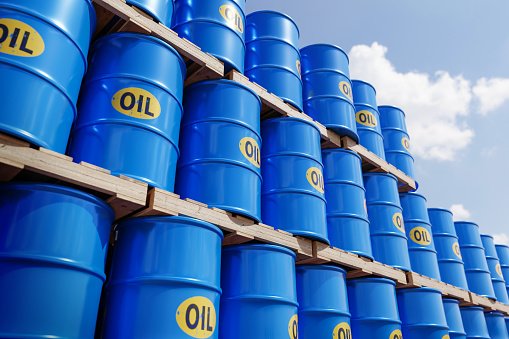Oil prices increased slightly in the early hours of the trading day, with Brent Crude futures for September settlement up 27 cents to $103.47 a barrel, and US West Texas Intermediate (WTI) Crude futures up 8 cents, or 0.08 percent, to $94.78 a barrel.
This volatility has been caused by speculators trying to square the possibility of more interest rate rises, which might limit economic activity and so reduce fuel demand growth, with the constrained supply of Russian barrels due to Western sanctions imposed on Russia in the Ukraine crisis.
While geopolitical factors have a role, senior market analyst at OANDA Jeffrey Halley believes gains will be restricted in the immediate term.
The Federal Reserve is expected to hike interest rates by 75 basis points at its meeting on July 26-27, according to Fed officials.
With COVID-19 lockdowns weighing down the property industry and cautious consumer mood, China just avoided a contraction in the second quarter with growth of just 0.4% year-on-year.
However, the significant backwardation of inter-month spreads continues to indicate near-term supply constraints.
Backwardation occurs when prices in the current month are greater than those expected in the future.
Libya’s National Oil Corporation (NOC) stated in an early Saturday statement that it hopes to restore output to 1.2 million barrels per day (bpd) in two weeks, up from roughly 860,000 bpd.
Although tensions remain high, economists predict Libyan output to remain variable.
ING’s head of commodities strategy, Warren Patterson, said there are “expectations that Russian oil production will trend down in the months ahead as widely-expected proposals for a price ceiling on Russian oil” might have the reverse effect on oil prices.
As part of an agreement reached by EU member states last week, the EU would enable Russian state-owned oil corporations to export oil to third countries, therefore reducing the danger of global energy security.
Putin has made it clear that Russia would not provide oil to nations that set a price ceiling on the country’s crude exports.










